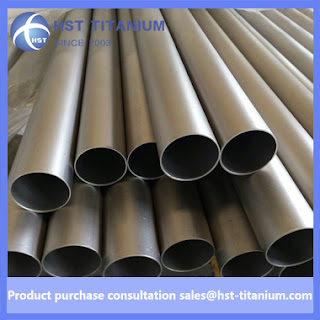It is difficult to process deep hole threads of special material parts. For example, deep hole tapping on titanium alloy parts is very challenging. The scrapping of parts is very uneconomical due to the scraping effect caused by the break of the tap. Therefore, in order to avoid scratches, the correct tools and tapping techniques must be used.
Machining deep hole threads mean long-term contact between the tool and the workpiece. At the same time, more cutting heat and cutting force will be generated during the machining process. Therefore, when tapping small deep holes of special materials (such as titanium parts), tool damage and thread inconsistencies are likely to occur.
In order to solve this problem, two methods can be used: (1) increase the hole diameter before tapping; (2) use a tap specially designed for deep hole tapping.
The proper bottom hole is very important for thread processing. The larger threaded bottom hole can effectively reduce the cutting heat and cutting force during the tapping process. But it also reduces the thread contact rate.
The diameter increment of the threaded bottom hole mainly depends on the required thread contact rate and the number of thread heads per inch. Based on the above two values, the correct diameter of the threaded bottom hole can be calculated using the empirical formula.
Due to the difficulty of machining titanium parts, the cutting parameters and tool geometry must be fully utilized
Because titanium alloys have greater elasticity and deformation rate, a relatively small cutting speed is required. When machining small holes in titanium alloy parts, the recommended cutting speed is 10-14 inches per minute. We do not recommend using a lower speed because it will cause the workpiece to become hard during cold working. In addition, pay attention to the cutting heat caused by tool breakage.
Gr5 Ti-6Al-4V Titanium Bar Gr2 Pure Titanium Wire ERTi-1 Pure Titanium Welding Wire Gr23 Ti-6Al-4V ELI Titanium Tube





